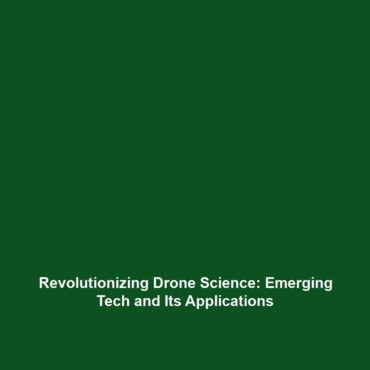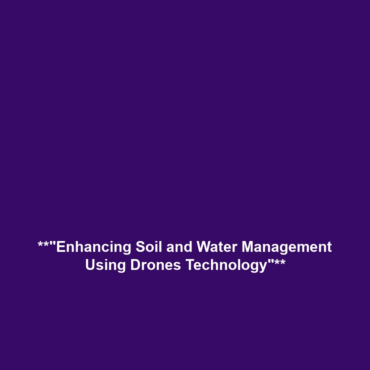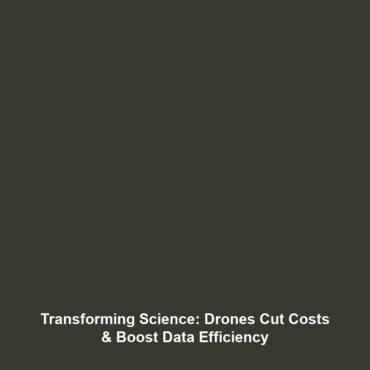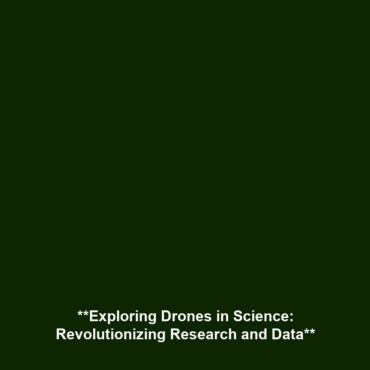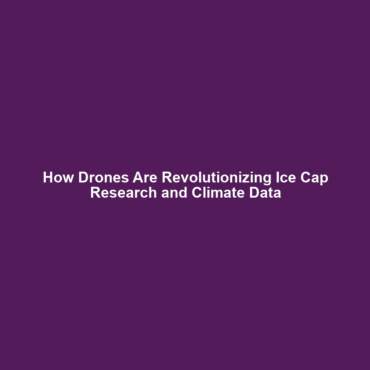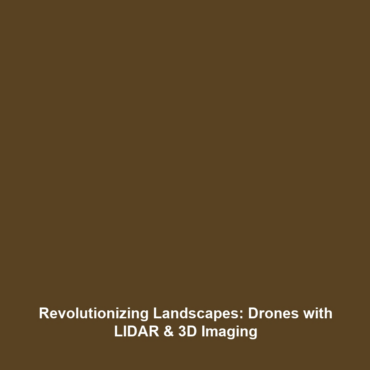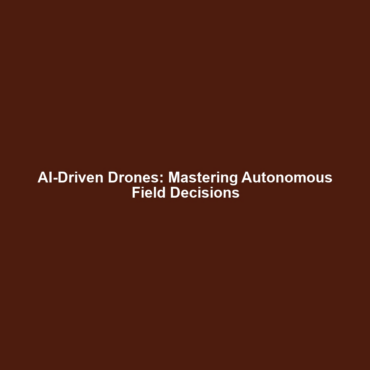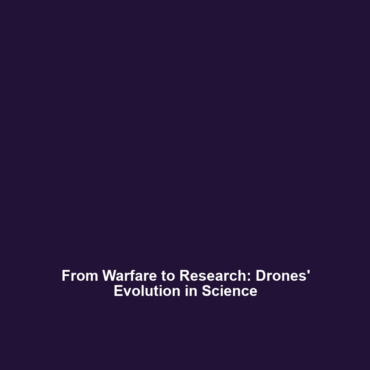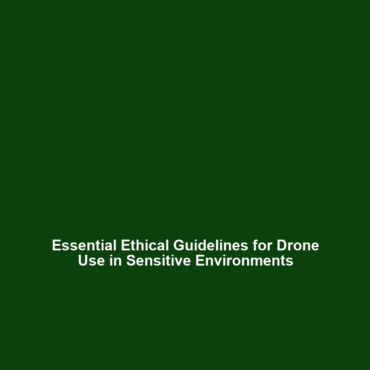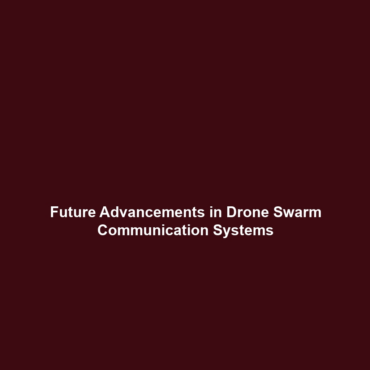Technological Advancements in Drone Science: How Evolving Technology Drives Drone Applications
Introduction
The rapid evolution of drone technology is transforming scientific research across various domains. From environmental monitoring to precision agriculture, technological advancements in drone science drive innovative applications that enhance data collection, analysis, and interpretation. With the integration of AI, enhanced sensor capabilities, and improved flight control systems, drones are enabling scientists to explore and understand complex phenomena like never before. This article delves into the implications of these advancements within the broader context of drones in science.
Key Concepts
To understand how evolving technology propels drone applications in science, it is essential to consider several core concepts:
- Autonomous Flight Technology: Innovations in navigation systems prevent collisions and extend operational range, allowing drones to operate in uncharted environments.
- Enhanced Sensors: The development of multispectral and thermal imaging sensors enables precise environmental assessments, crucial for ecological studies and disaster management.
- Data Analytics: Advanced data processing technologies support real-time analysis, ensuring immediate insights from collected data.
These principles are interwoven with the advancements in drone technology, significantly impacting its overall application in scientific endeavors.
Applications and Real-World Uses
Drones have become invaluable tools in various scientific applications. Here are some significant examples:
- Environmental Monitoring: Drones are used to track wildlife, assess habitat conditions, and monitor climate change effects.
- Agricultural Optimization: Farmers utilize drones for crop surveillance, enabling targeted treatment of pests and diseases.
- Disaster Relief: Drones aid in damage assessment and supply delivery during natural disasters, contributing to recovery efforts.
These examples illustrate how technological advancements in drone science are utilized in practical scenarios within the broader category of drones in science.
Current Challenges
Despite the numerous benefits, the deployment of drones in scientific applications faces several challenges:
- Regulatory Issues: Restrictions on airspace and flight regulations can impede research efforts and data collection.
- Technical Limitations: Battery life and payload capacity continue to affect operational efficiency in diverse environments.
- Data Privacy Concerns: The use of drones raises ethical issues regarding surveillance and data protection.
Understanding these challenges of technological advancements in drone science is essential for addressing potential barriers in the field.
Future Research and Innovations
The future of technological advancements in drone science looks promising, with ongoing research and potential breakthroughs, including:
- AI Integration: Using artificial intelligence to make drones smarter, enabling them to learn from their surroundings and improve decision-making.
- Hybrid Drones: The development of drones that can adapt to different environmental conditions, combining vertical takeoff with fixed-wing efficiency.
- Sustainable Technologies: Research focused on renewable energy sources for drones to enhance sustainability in scientific research.
These innovations are set to shape the future of drones in science, opening up new avenues for research and application.
Conclusion
Technological advancements in drone science are profoundly influencing scientific exploration and application. By enhancing data collection and analysis capabilities, drones are reshaping how researchers operate across various fields. As challenges continue to be addressed, the future promises even more innovative uses for drones in science. For more information on related topics, visit our Drones in Environmental Science and Innovations in Agricultural Technology pages.
